
IL PEZZO MANCANTE Wooden Sideboard
The most common materials for sideboards include solid wood, manufactured boards and metal.
Solid woods may be favored for their natural beauty and grain variations, as well as their longevity, range of tones and finishes. In general, solid wooden furniture ages well. While simpler designs are easier to sand down and refinish, more ornate sideboards may require a specialist for repair and maintenance.
Sideboards in manufactured boards such as MDF and chipboards are often combined with veneers, laminates (ex. melamine laminate), lacquers or other coatings to offer a wide variety of finishes and colors. The longevity will depend on the type of manufactured board and finish chosen. While laminates tend to be cheaper and have a wide range of surface finishes that can imitate the look of noble materials such as marble and wood, they may chip or become damaged over time. Plywood combines the benefits of manufactured boards and aesthetics of natural wood.
Sideboards with metal panels tend to be much lighter, and may be available in a large range of colors and coatings. More unusual materials for the main panels/structure include glass, plastics such as plexiglass, and composite. While glass is normally used for a part of the sideboard such as door panels and shelving, there are some structural glass designs which can be used to display objects.
Most other materials are normally incorporated into a part of the sideboard, such as the compartments, facades or the countertop. To create a unique design, sideboards may incorporate contrasting finishes and materials such as stone or metal inlays, leather upholstery, crystals and marquetry. The natural veining in marble can make it an attractive choice for a sideboard countertop. A sideboard incorporating stone is likely to be higher in price, but a marble top makes for a statement piece.
Leather upholstered doors and trim are two finishes designers are incorporating to valorize this material’s warmth and patina. Semi-transparent drawers, revealing a subtle glimpse of what’s inside, is a trend that’s been spotted at recent trade shows. Sideboards in recycled or reclaimed material are more sustainable alternatives and are often unique.


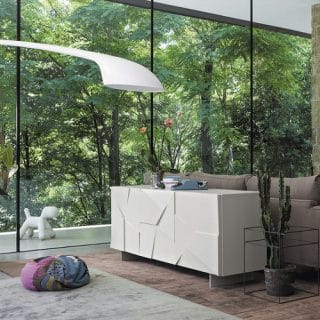
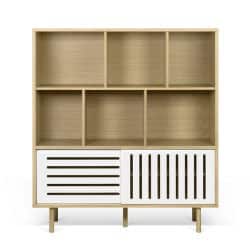

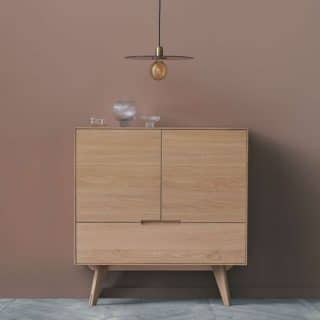
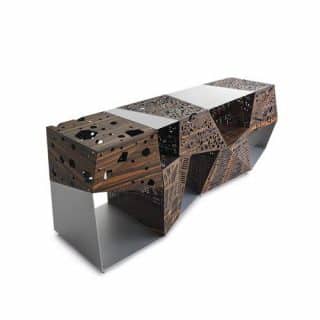


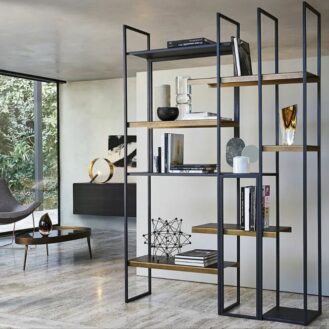



Although Russian product design scene is somewhat hidden from the eyes of the global design community, Russia has indeed emerged as a home to many young and ambitious designers striving to bring their message and ideas across. ArchiExpo caught up with some of them in Moscow and St. Petersburg to chat about their latest projects and the trends they follow or shun. Talk to any designer or design school professor in Russia, and you will be reminded that the word “design” was banned in Soviet Russia until the very end of 19. Before that, it was called artistic engineering or technical aesthetics.